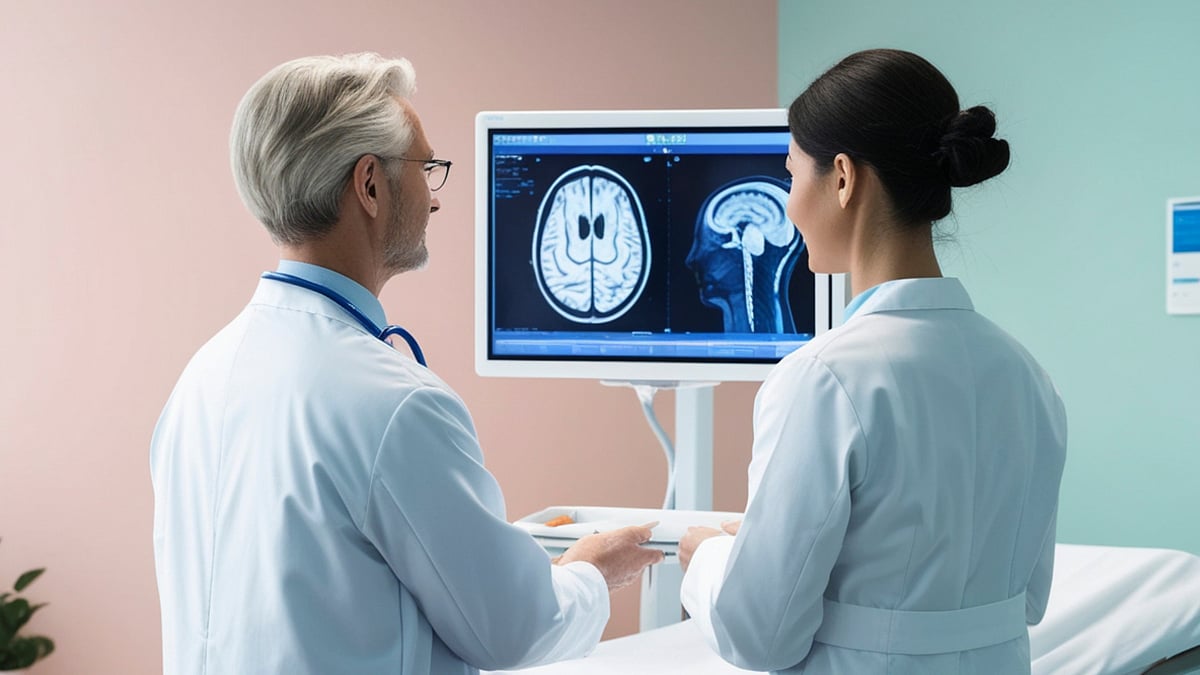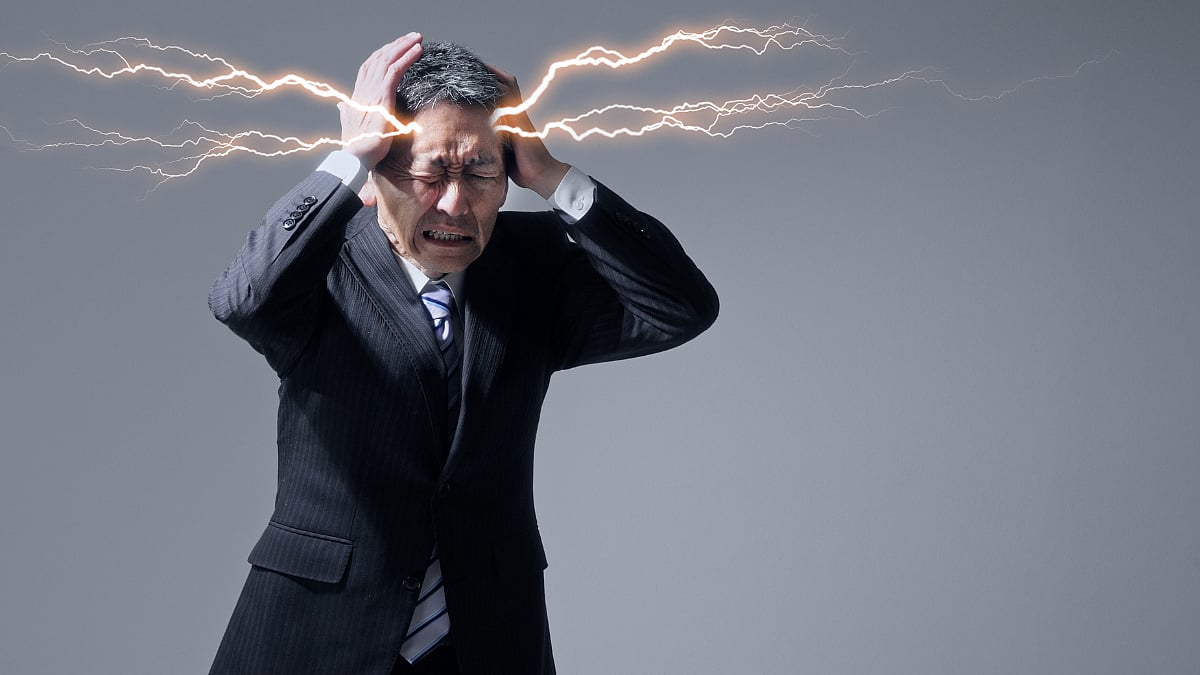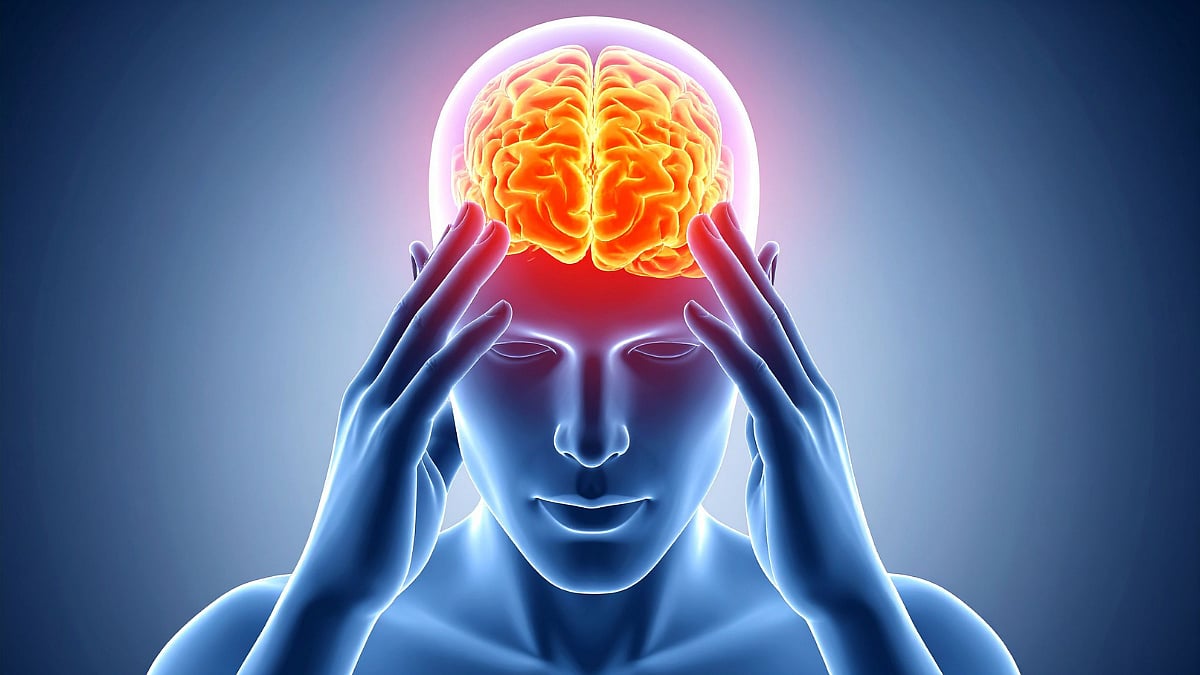Why Elders Are Also At Risk For Brain Stroke: Causes, Symptoms And Early Treatment
A brain stroke, often referred to as a “cerebrovascular accident,” is one of the most serious medical emergencies that can affect the elderly population. It occurs when the blood flow to a part of the brain is interrupted or severely reduced, depriving brain tissue of oxygen and nutrients. Within minutes, brain cells begin to die, leading to partial or complete loss of certain functions such as speech, movement, or memory. Brain Stroke happens to be one of the causes of highest deaths in the world today. The elderly, especially those above 60 years of age, are at the highest risk of suffering a stroke due to age-related physiological changes, existing medical conditions, and lifestyle factors. Understanding why elders are particularly vulnerable, recognizing the symptoms early, and ensuring timely treatment can make the difference between recovery and permanent disability, or even life and death.

Why Elders Are at Higher Risk:
Aging brings along gradual wear and tear of body systems, and the brain’s blood vessels are no exception. The elasticity of arteries decreases, leading to a higher chance of blockage or rupture. Moreover, several conditions that are more prevalent among the elderly, such as hypertension, diabetes, high cholesterol, and heart disease, directly increase the risk of stroke.
Age-related arterial changes: With age, the walls of blood vessels lose their flexibility and may develop fatty deposits, making them prone to clogging. This condition is one of the main precursors of ischemic stroke (caused by blocked arteries).
Prevalence of chronic diseases: Elderly individuals often live with chronic health conditions such as high blood pressure, diabetes, or similar other diseases. Uncontrolled hypertension can cause blood vessels in the brain to burst, while diabetes may damage small vessels supplying the brain.
Heart rhythm disorders: Atrial fibrillation, a common irregular heartbeat in elders, can lead to the formation of clots in the heart chambers. These clots can travel to the brain, causing an ischemic stroke.
Reduced physiological resilience: As the brain ages, its ability to withstand temporary oxygen deprivation diminishes. Even a brief interruption in blood supply can cause significant damage in older adults.
Sedentary lifestyle and poor diet: Many elders lead less active lives, often accompanied by diets high in fats and salts. Physical inactivity contributes to obesity, hypertension, and cholesterol problems, all of which increase stroke risk.
Smoking and alcohol consumption: Years of smoking or excessive alcohol use may compound the risk by damaging blood vessels and altering blood pressure regulation.
Types of Strokes:
To understand the causes and treatment, it is essential to distinguish between the two main types of strokes:
Ischemic Stroke (Majority of cases): This occurs when a blood vessel supplying the brain is blocked, either by a clot (thrombosis) or a particle that has travelled from another part of the body. Reduced blood flow starves brain tissue of oxygen.
Hemorrhagic Stroke (Few cases):
This happens when a weakened blood vessel bursts, causing bleeding into or around the brain. The leaked blood increases pressure within the skull, damaging surrounding brain tissue.
Elders should also know the concept of Transient Ischemic Attack (TIA or Mini Stroke):
Often called a “warning stroke,” TIA produces similar symptoms but lasts only a few minutes to hours without permanent damage. It indicates a high risk of a future major stroke.
Common Causes in Elders:
The most frequent causes of stroke among older adults include:
Hypertension (High Blood Pressure):
The single most significant cause. Constant high pressure can rupture small brain vessels or damage arterial walls, leading to blockages.
Atherosclerosis: Fat and cholesterol build-up in arteries narrow them, restricting blood flow and promoting clot formation.
Diabetes: Uncontrolled sugar levels damage small blood vessels, making them fragile and more susceptible to blockage or rupture.
Heart Diseases: Coronary artery disease, heart failure, or arrhythmias can cause blood clots to form and travel to the brain.
Obesity and Inactivity: Excess weight increases the risk of hypertension, diabetes, and cholesterol imbalance.
Smoking: Nicotine thickens the blood and damages arterial walls, making clot formation easier.
Unhealthy Diet: Diets rich in saturated fats, trans fats, and sodium elevate cholesterol and blood pressure, aggravating stroke risk.
Stress: Chronic stress leads to persistent elevation in blood pressure and unhealthy coping habits such as smoking or overeating. Usually, the stress levels of elderly are more in view of loneliness and physical / mental issues.

Symptoms: Recognizing the Warning Signs Early:
A stroke is a true medical emergency. Early recognition of symptoms can lead to timely treatment and a better chance of recovery. Some of the common signals include
Face Drooping: One side of the face may droop or feel numb. Ask the person to smile; if the smile is uneven, it may be a stroke.
Arm Weakness: One arm may drift downward when both arms are raised.
Speech Difficulty: Slurred or strange speech, or inability to speak, is a warning sign.
Other symptoms may include:
Sudden numbness or weakness in the face, arm, or leg, especially on one side of the body
Sudden confusion, trouble understanding speech, or disorientation
Sudden trouble seeing in one or both eyes
Sudden severe headache with no known cause
Dizziness, loss of balance, or difficulty walking particularly in early morning hours
Because many elders may dismiss these as signs of fatigue or aging, caregivers and family members must be vigilant.
Early Treatment: The Golden Hour:
When a stroke occurs, time is of essence. Every minute of delay results in the loss of large number of brain cells. Immediate medical intervention within the first 1 to 2 hours is critical. Therefore, every minute counts.
Emergency Response: As soon as stroke is suspected, it is better to call emergency medical services immediately.
Hospital Diagnosis: A CT scan or MRI quickly identifies whether the stroke is ischemic or haemorrhagic, which determines the treatment plan that may include surgical procedure as well.
Supportive Care: After the initial emergency phase, care includes managing blood pressure, glucose levels, and preventing complications such as infections, etc.
Rehabilitation: Post-stroke rehabilitation is crucial, particularly for elders. Physical therapy, speech therapy, and occupational therapy help restore function, independence, and confidence.
Prevention Strategies for Elders:
While aging is inevitable, the risk of stroke can be significantly reduced by adopting healthy habits and regular medical check-ups.
Maintain Healthy Blood Pressure: Keeping blood pressure under control and regular monitoring and adherence to prescribed medication are essential.
Control Blood Sugar and Cholesterol: Proper diet, regular exercise, and medications can keep diabetes and lipid levels in check.
Stay Physically Active: Moderate activities such as walking, yoga, or swimming help improve circulation and reduce stress.
Adopt a Brain-healthy Diet: Consumption of fruits, vegetables, whole grains, lean proteins, and omega-3 fatty acids is recommended with limited intake of salt, sugar, and processed foods.
Quit Smoking and Limit Alcohol: Even late-life cessation significantly reduces risk.
Regular Medical Screening: Routine health check-ups help detect and control potential risk factors early.
Manage Stress: Practices like meditation, mindfulness, and social engagement promote mental calmness and physiological balance.

Active Participation By Community:
Since the awareness level of Brain Stroke is very low, it is necessary that social groups and professionals come forward to take some concrete steps. One such great initiative has been the “Brainline Project” stared by Purva Medical Trust in association with Rotary Club of Millennium City (RCMC), Vashi and Indian Medical Association. Purva Medical Trust is the brainchild of Dr Ashok Hande, a noted neurosurgeon in the city of Mumbai and this initiative is actively engaged in spreading the message of “awareness”, “access”, and “affordability” in the parlance of Brain Stroke. We need more such initiatives in the country.
Moving Ahead:
Stroke remains one of the leading causes of death and disability among the elderly, but it is not inevitable. Most strokes are preventable through lifestyle modification, vigilant management of chronic diseases, and timely medical intervention. Early recognition of symptoms and immediate treatment within the critical time window can save both life and functionality. For elders, awareness is power: understanding the warning signs, following preventive strategies, and maintaining a positive, health-conscious lifestyle can significantly reduce the risk of brain stroke and enhance quality of life in the golden years. On this World Stroke Day on November 29th, let us take the pledge to take all the strategies to prevent the menace of Brain Stroke.
By Dr A K Sen Gupta, Chief Trustee, My Retired Life Foundation (MRLF). He may be contacted at aksengupta51@gmail.com or 9821128103.
news